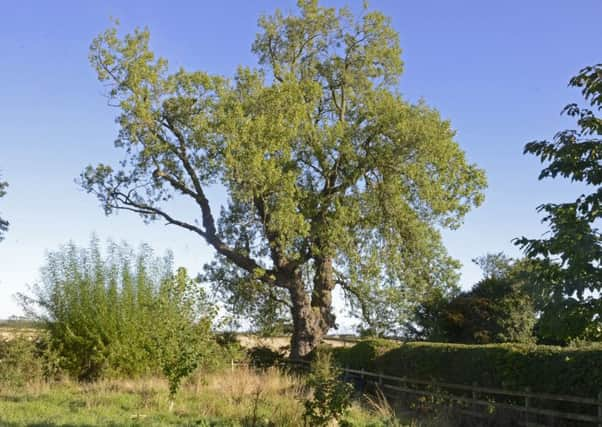Coquetdale, Wildlife Trust


He talked about the trees here, dividing them into two main categories, conifers and broad leaf trees.
Conifers are divided into three groups – the native trees (Scots pine, yew and juniper, all others have been introduced), forestry trees (firs, spruces and pines), and ornamentals (Wellingtonia and Japanese red cedar).
Advertisement
Hide AdAdvertisement
Hide AdRichard explained that conifers are different to broad leaf trees, not because the latter are deciduous, but because the seeds are not enclosed within the fruit of the conifers.
He talked about the differences between firs, spruce and pine trees.
Many interesting facts were mentioned, including that Sitka spruce is exported to Norway, whilst western hemlock is felled at 40 to 50 years old.
To distinguish broad leaf trees in the spring one needs to look at the bud arrangements and the terminal ends of the branch as they are all different.
Advertisement
Hide AdAdvertisement
Hide AdIn Northumberland we have a large choice of broad leaf trees, including English oak, ash, elm, birch, horse chestnut, maples and more.
Many of our native trees have suffered diseases from the Continent from garden trees sent to gardening centres. Hopefully, as our native elm, the wynch elm, does not produce suckers it will not develop the disease threatening elms in the south.
We all left the talk feeling blessed to be living somewhere with such wonderful trees to enjoy.
Our next talk will be on Monday, March 6, in the Jubilee Hall, Rothbury, on Otters And River Work Challenges For Northumberland, by Steve Lowe.